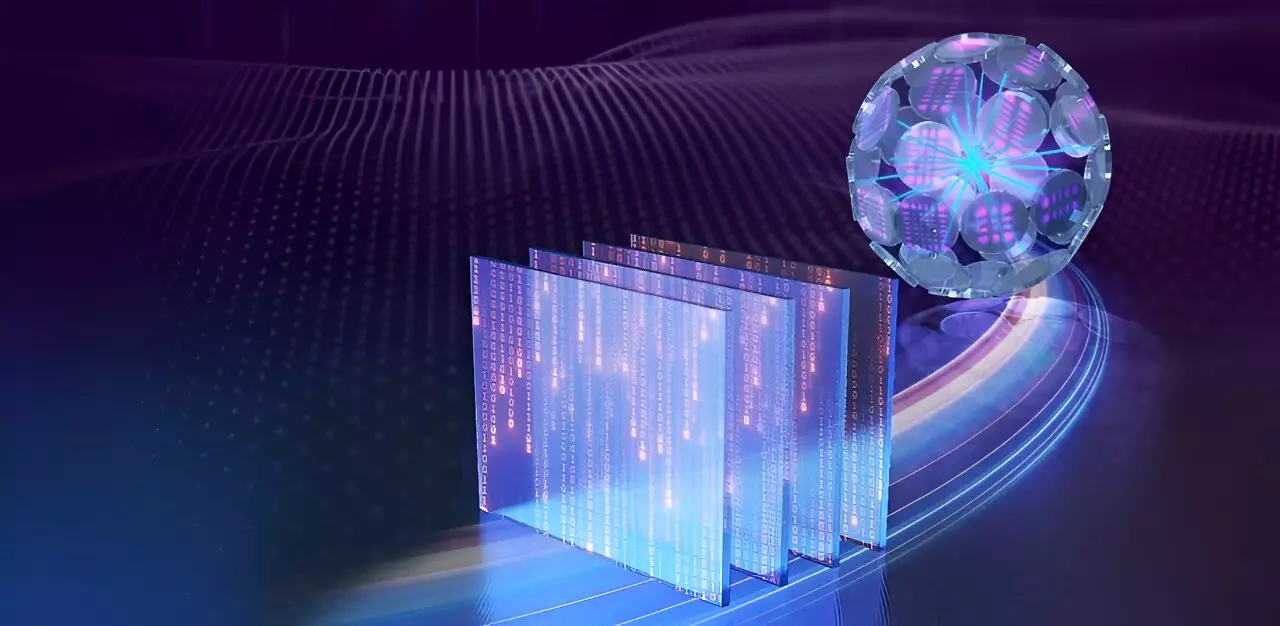Light technology underpins a multitude of essential innovations that form the backbone of our technological landscape. From powering seamless high-speed internet connectivity to enabling sophisticated medical imaging techniques, the role of light is undeniable. Nevertheless, the journey to perfecting the transmission of light through complex and often challenging environments—such as atmospheric disturbances or irregular optical systems—has been fraught with obstacles. As these conditions tend to distort and disrupt the optical fields, achieving clarity and reliability in results presents a daunting challenge. However, recent research efforts have illuminated a promising path toward overcoming these barriers.
A significant advancement in the field of optics has been reported in the journal Advanced Photonics. Researchers from Soochow University have unveiled a revolutionary understanding of light behavior in fluctuating media. This breakthrough could potentially transform a variety of applications, with implications for both optical communication systems and advanced imaging technologies. The traditional limitations imposed by medium deformations and inconsistencies have been sufficiently acknowledged by scientists, but the new insights from the Soochow team suggest that solutions are now within reach, positioning coherence entropy as a leading candidate in the quest for reliable light communication.
At the heart of this breakthrough lies the concept of coherence entropy. This statistical measure offers a global perspective on the coherence of light fields that are subjected to the intricacies of random fluctuations. Historically, the quantitative assessment of light coherence has proved complex, complicating practical applications of light technology. The Soochow University research team tackled this challenge by employing orthogonal modal decomposition techniques to analyze partially coherent beams.
The introduction of coherence entropy as a metric of stability indicates a proactive step towards simplifying the evaluation of light propagation. Their findings reveal that coherence entropy remains stable during the traversal of light through various unitary systems, even in adverse conditions that would typically hinder optical signals. This newfound stability paves the way for consistency in characterizing light behavior, thereby enhancing predictability in scenarios previously marred by uncertainty.
The implications of this discovery extend far beyond theoretical frameworks. In practical terms, the Soochow University team’s research demonstrated the resiliency of coherence entropy when subjected to different deformed optical systems and turbulent media. This research underscores the potential for coherence entropy to serve as a crucial indicator of performance for light fields operating under suboptimal conditions.
According to Dr. Chengliang Zhao, the lead researcher of the study, the introduction of coherence entropy enables a more nuanced understanding of light propagation, offering a significant advancement in the customization of light fields. Such customization has direct consequences for enhancing the functioning of optical communication systems in the real world. For example, environments burdened with atmospheric turbulence may no longer impede the efficacy of data transmission, allowing for more reliable long-distance communication.
As we look to the future, the widespread ramifications of coherence entropy beckon interest across numerous scientific and practical domains. Fields spanning telecommunications to medical imaging stand to benefit from this research, which ultimately seeks to harness low-coherence light for broader applications. The promise of coherence entropy not only enhances our understanding of light behavior in real-world scenarios but also provides an empowered toolset for engineers and scientists alike.
The recent discoveries by the Soochow University research team represent a paramount leap forward in optical technology. By recognizing and implementing coherence entropy as a reliable measure in challenging environments, we edge closer to optimizing light technology’s potential. This research will likely influence the design and execution of future innovations, making the dream of seamless light transmission through complicated media a tangible reality.


Leave a Reply